If you are experiencing cracks in your chimney; you will need to repair them before such cracks cause your home any damage. Here is a guide to chimney restoration, where we will discuss how you can restore your chimney and patch it up. As there is a lot of information for you, we have divided this blog into two parts hence keep an out for the continuation.
The first step will be to repoint the mortar that holds the bricks of your chimney together. You will need a joint raker to scrape the weak mortar out. Once you’re done, you will need to spray some water on the bricks with your garden hose. Now, you will need to prepare some new mortar and press it into the open joints using a pointing trowel.
The joint between the flue and the concrete cap at the top of the chimney, usually called the crown, is crucial. Slowly cracks begin to form in this joint, and water flows down the flue through the cracks. First, you will need to remove the moss and weakened mortar using a wire brush. Next, you have to fill the gap using a caulk gun and some high-heat mortar.
However, there is still a lot of work left at the crown. The top of the crown is sloped, and exposure to rainwater and snow can often cause the sloped part to experience large cracks. The crack may be an inch or longer, and hence you will need to inject the mixture into the gap with a squeeze bottle.
Sometimes the cracks may be tiny; such cracks are called hairline cracks. However, you will not be able to use mortar to patch up such small cracks, and hence you will require a masonry sealer. You will need a brush to apply the sealer.
Why Should You Repair Your Chimney?
While repairing your chimney, you will find a thick, black film on the insides of the chimney. This is a byproduct of fire and is called creosote. Creosote is highly flammable, and hence you must regularly clean your chimney. However, chimney fires are often caused because people do not know that there is a creosote buildup within their chimneys. Repairing your chimney will allow you to inspect your chimney and evaluate its cleanliness.
If you have cracks within your chimney, the wood burner will be unable to ignite proper fires. Hence, the wood burner will produce weak fires. These fires will emit very little heat and a lot of smoke.
Unrepaired, your chimney may become clogged. As such, carbon monoxide and other harmful gases may find a way into your home, causing various mental and physical diseases, such as memory loss, loss of concentration, hearing loss, and vision loss.
What’s Next For You?
Now that we have discussed the risks associated with unrepaired chimneys, in our second part of the blog, we will talk about how to repair and replace any cracked bricks and the benefits of repairing your chimney.
Chimney restoration is a tedious process. If you require any assistance, you can contact Brushers Chimneys at (346) 258-3497. We are happy to assist you in repairing your chimney.


